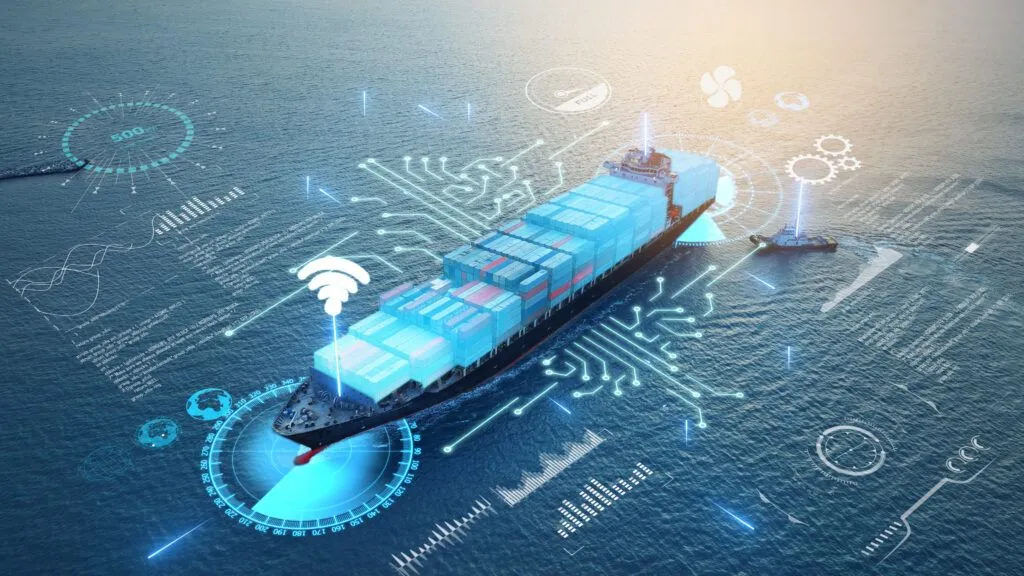Researchers Salwa Saafi, Olga Vikhrova, Gábor Fodor, Jiri Hosek, and Sergey Andreev have published a groundbreaking study on the integration of terrestrial and non-terrestrial 6G solutions for sustainable maritime networking. Their work, published in the IEEE Journal, explores how advanced connectivity and AI-driven automation can revolutionize the maritime industry, making it more sustainable, cost-efficient, and technologically advanced.
The maritime industry is undergoing a significant transformation driven by the need for sustainability and cost efficiency. Digitalization and automation are at the forefront of this change, promising to make shipping and cruising more energy-efficient and decarbonized. Central to this transformation is the availability of always-on connectivity and content delivery services, which enhance operational efficiency, reduce carbon emissions, and improve crew welfare and passenger experiences. Recent advancements in integrating high-capacity and ultra-reliable terrestrial and non-terrestrial networking technologies are making ubiquitous maritime connectivity a reality.
The study highlights the complexity of managing integrated terrestrial and non-terrestrial networks, which include satellites, drones, and underwater communication systems. These networks must operate seamlessly together to provide reliable connectivity across vast maritime environments. The researchers advocate for the use of artificial intelligence (AI) and machine learning (ML) to manage this complexity effectively. AI and ML can optimize network performance, ensure energy efficiency, and meet the service requirements of various maritime communication scenarios.
One of the key contributions of this research is the development of AI-driven solutions that can dynamically manage network resources. These solutions can predict and adapt to changing conditions, such as weather disruptions or varying data demands, ensuring continuous and reliable connectivity. By leveraging AI, maritime operators can achieve significant improvements in operational efficiency and reduce their carbon footprint. For example, AI can optimize fuel consumption by providing real-time data on the most efficient routes and operating conditions.
The integration of 6G technology is another critical aspect of this research. 6G promises ultra-high data rates, ultra-low latency, and massive connectivity, which are essential for supporting the complex and diverse needs of maritime operations. The study explores how 6G can be integrated with existing terrestrial networks and new non-terrestrial infrastructures, such as satellite constellations and high-altitude platforms, to create a seamless and robust maritime communication ecosystem.
The practical applications of this research are vast. For shipping companies, improved connectivity and AI-driven automation can lead to significant cost savings and operational efficiencies. Real-time monitoring and predictive maintenance can reduce downtime and extend the lifespan of maritime assets. Enhanced connectivity also improves safety by enabling real-time communication and data sharing between vessels and shore-based operations.
For the cruise industry, always-on connectivity enhances passenger experiences by providing high-speed internet access and enabling a range of onboard services. It also supports crew welfare by facilitating communication and access to essential services. The integration of AI and 6G technologies can create a more sustainable and enjoyable cruising experience, aligning with the industry’s goals for decarbonization and operational efficiency.
In conclusion, the research by Salwa Saafi, Olga Vikhrova, Gábor Fodor, Jiri Hosek, and Sergey Andreev presents a vision for the future of maritime networking. By integrating terrestrial and non-terrestrial 6G solutions with AI and ML, the maritime industry can achieve unprecedented levels of connectivity, efficiency, and sustainability. This transformative approach not only benefits shipping and cruising operations but also contributes to the broader goals of reducing carbon emissions and enhancing the overall maritime experience. As the industry continues to evolve, the insights and innovations from this research will be instrumental in shaping a more connected and sustainable future for maritime networking. Read the original research paper here.

